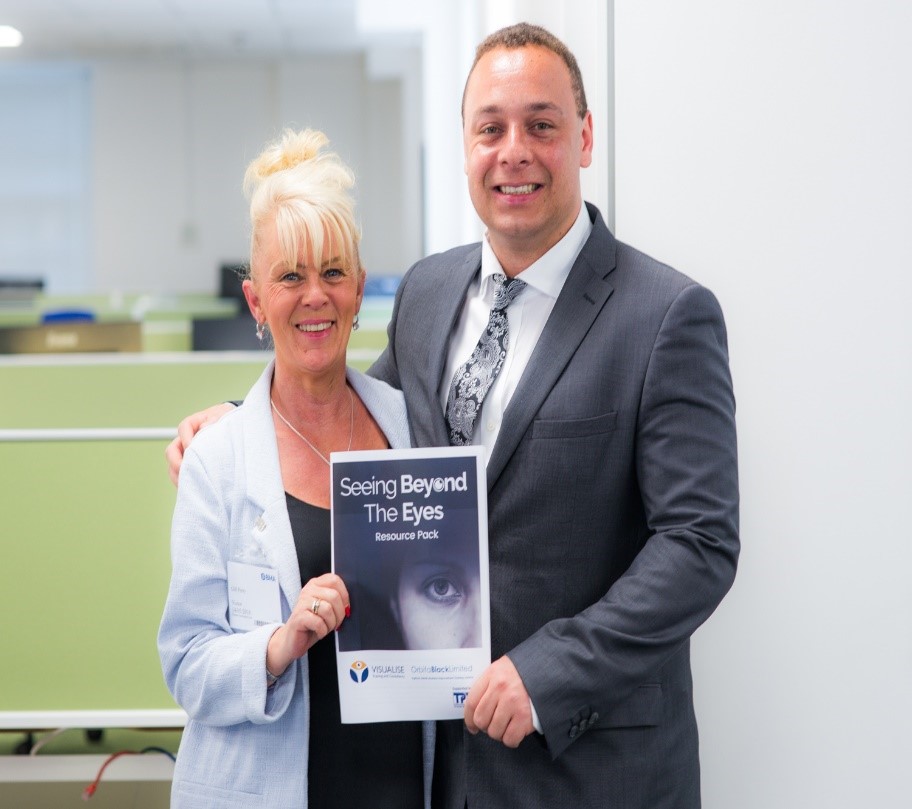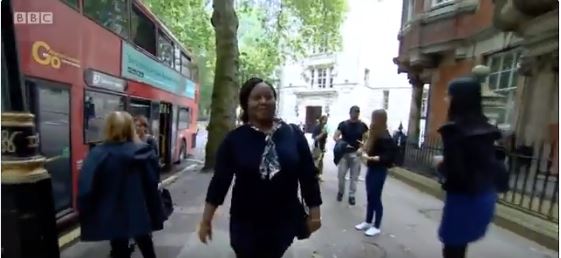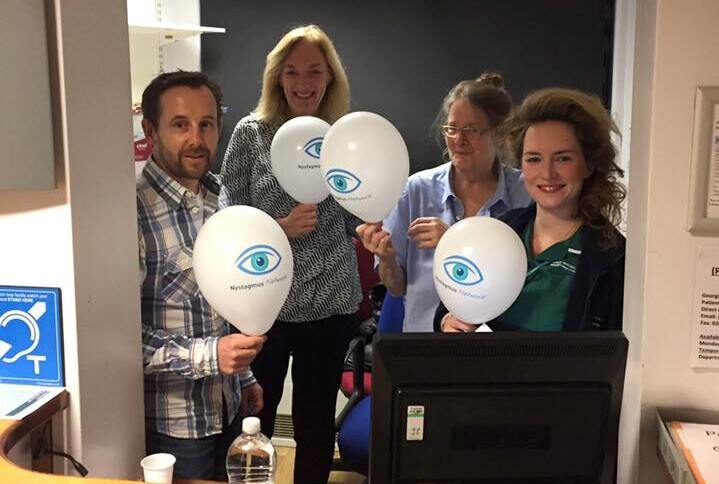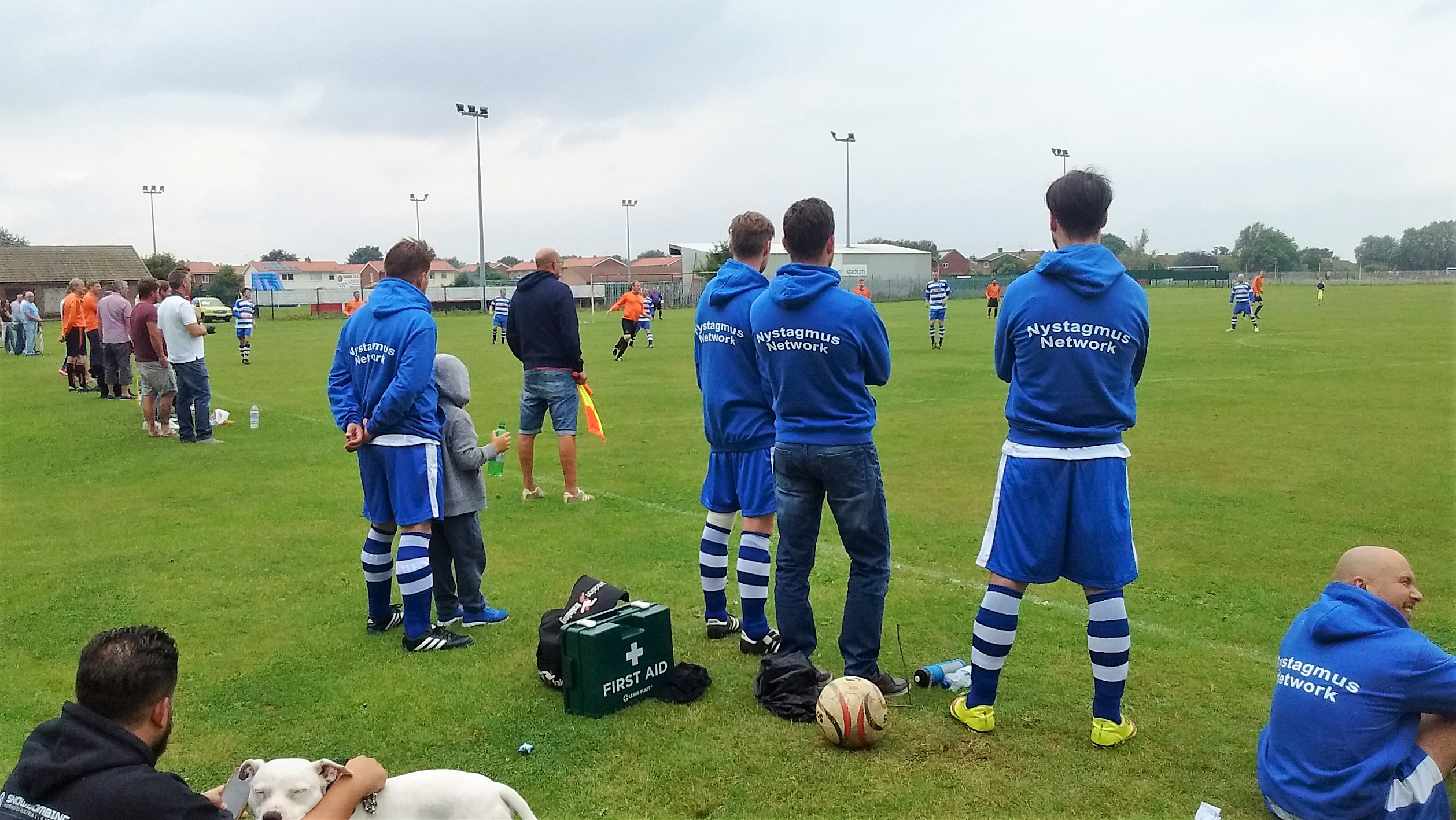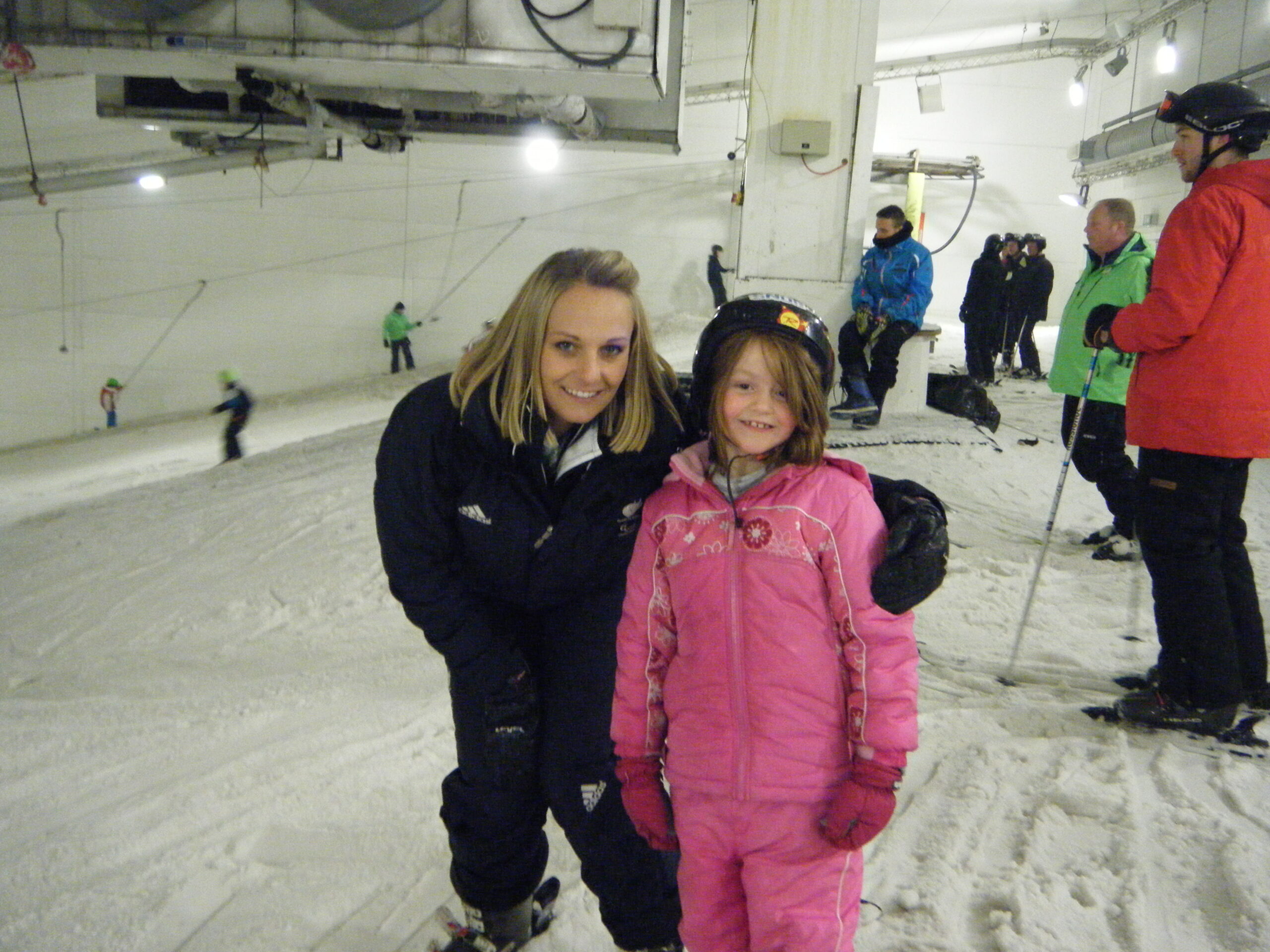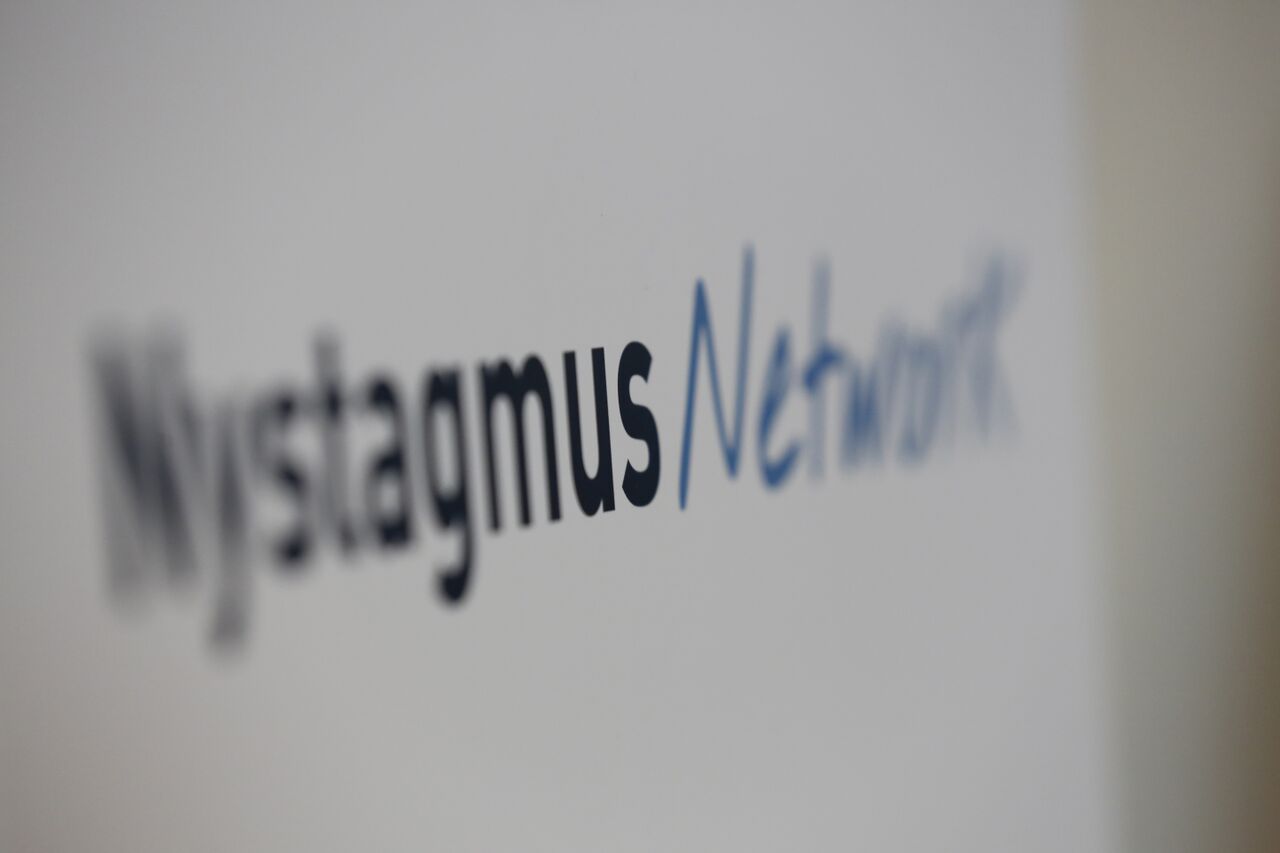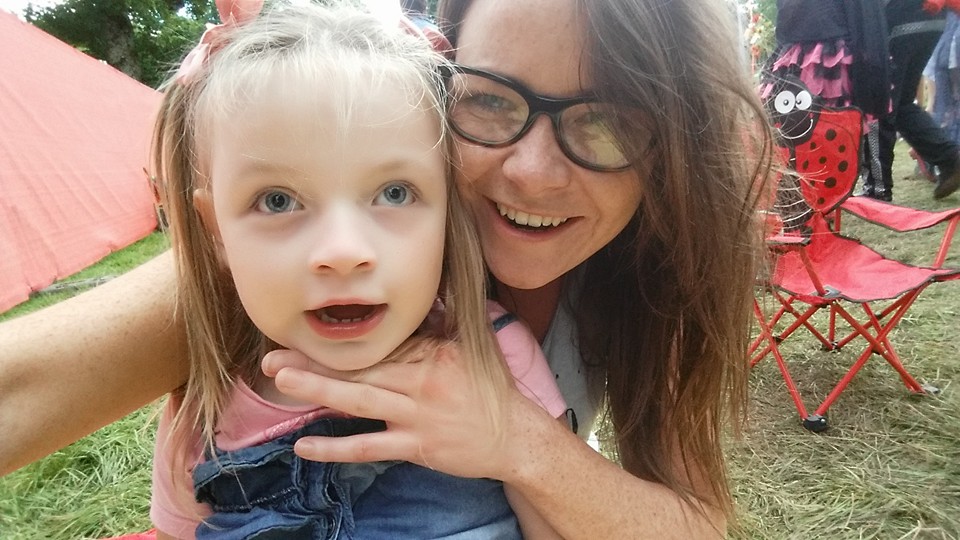Hello, my name is Charlotte and I am mother to a ridiculously delicious six year old girl named Scarlett. In every way Scarlett is a picture of happiness and joy. She needs very little to keep that big smile spread firmly across her angelic face, literally affection and biscuits will do the trick! I am very proud and also very lucky to have Scarlett in my life. Each day she is just a mass of love and giggles, always with a song to sing.
Scarlett, despite being pleased by the simple things in life, is medically very complex. Diagnosed at four and a half months with Optic Nerve Hypoplasia, Scarlett has no useful vision. When she was first born I do recall the frequent movement of her eyes. I also remember telling myself it is because she is curious, she is taking in the world, or whatever subject was trying to grab her attention,but this just didn’t quite cut it. I told myself that for many weeks, until one day yet another person highlighting the fact that Scarlett’s eyes never really fixed on anything and constantly danced around became too much to ignore. I took her to Bolton Eye Hospital for further investigation. We were told that her eyes moved around due to Nystagmus and that her sight was affected due to an under development in her optic nerve and that perhaps her sight may improve slightly, but I was relieved to find it would not deteriorate any further. Due to Scarlett’s age we did not know what sight she had, if any.
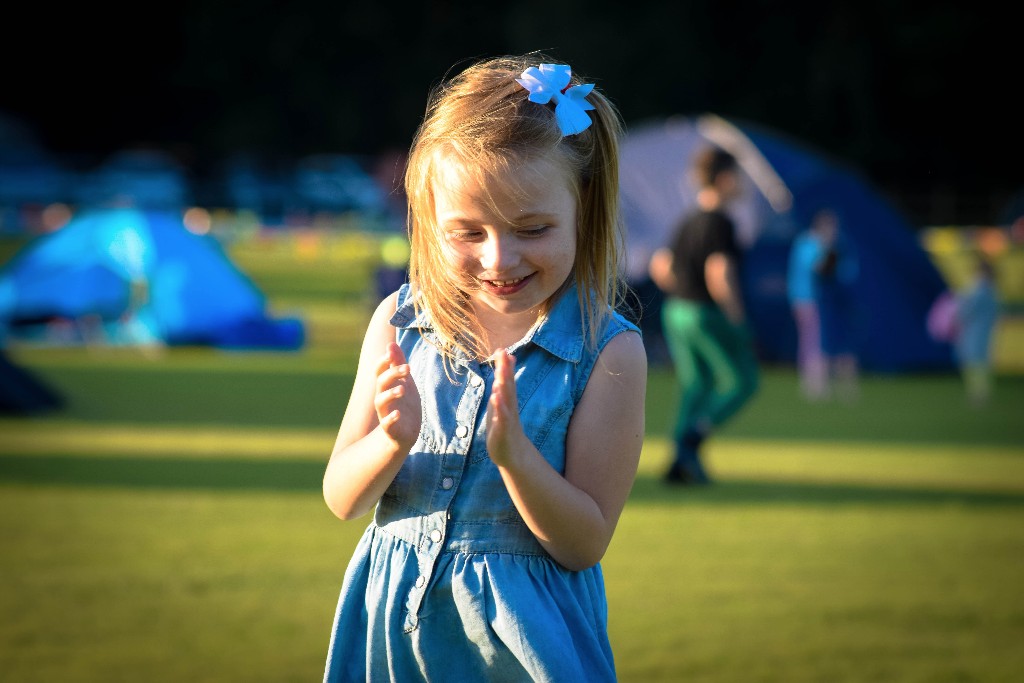
As she has grown older, Scarlett has given us no indication that she has any sight. She has additional needs which affect her social interaction and communication and her learning. Therefore, she has yet to confirm if she sees anything through her big blue bouncers. I suppose I have become accustomed now to the unknown: whether she can see, whether she can talk, whether she will ever function cognitively at a level appropriate for her age. Of course I get asked, by family, other children and strangers. I have also become accustomed to saying ‘I don’t know’.
Despite the complexity of my daughter and the gorgeous enigma that she is, I can say one thing for sure that she is truly happy. She has no awareness that she is any different and exists within a beautiful bubble all of her own.
Through being the parent of such a special little girl I have been on lots of adventures! My involvement and my full time job is running the online support and information network for charity VICTA Children.
Throughscarlettseyes.com was born out of my desire to want to help and seek support from families who were also raising visually impaired children. The network/community has been live now for three and a half years and continues to grow every day. Not only do I share my own personal experiences about Scarlett, but I offer an online platform to parents, carers, professionals, charities and organisations and people with a visual impairment to publish anything they wish! This has been a great experience for me and I have met many fantastic people along the way, people who have helped during the hard times, inspired when you feel like you are standing still, been a shoulder to cry on and I’ve heard some exceptional stories from which I have found such strength.
I have learnt that you might not always know what the future may hold, but that’s okay as no matter what plans you lay or expectations you have, you only have this one moment and you need to keep pushing to make it the best moment yet.


